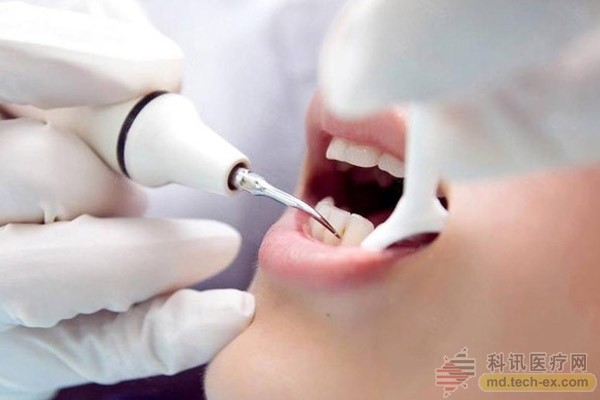Release date: 2016-07-15

British scientists have developed a new type of material that can be inserted into the teeth to repair and regenerate the main component of the tooth, dentin (a hard, bone-like tissue). Just like a conventional filler that is embedded in a tooth to block the gap from bacterial growth, the new material is also injected into the tooth and then hardened by ultraviolet light. However, once this material enters the pulp, it promotes the proliferation and differentiation of liver cells into dentin.
“We have designed a synthetic biomaterial that can be used as a dental filling material, except that it can directly contact the pulp tissue to promote repair and regeneration of the pulp tissue and surrounding dentin.†Adam Celiz, chief medical materials researcher at the University of Nottingham, said. This technology was recently awarded the second prize of the 2016 British Chemical Society's Emerging Technology Competition. However, there is no more information on how this material works. It seems to have formed a new type of cover. Medullary."
Capsulotomy is a technique used by dentists to organize pulp necrosis. The pulp is one of the four main components of the tooth, the other three are enamel, dentin and cementum.
The surface enamel is the hardest layer, followed by the dentin beneath it. Dentin is a very important tissue because it wraps and connects the pulp—a tissue that is in the middle of the tooth and consists of living connective tissue and cells. You can find blood vessels, nerves and connective tissue in the pulp. If you have a problem, you will suffer.
First, if there is a small hole in your tooth, it will slowly erode your enamel, dentin and cementum - a calcified substance covering the root of the tooth, and then your pulp will leak out. If you don't have a dentist to quickly cover your pulp (or if your surgery fails), you are waiting for an expensive and sinful root canal treatment (oh don't, listen to it hurts). Today's pulp-constructing materials are usually made of calcium hydroxide or tri-oxidized mineral agglomerates (MTA), but they can only cover the pulp and other things can't be done, and there are still 10 to 15 percent. The probability of failure.
The invention of the University of Nottingham came into being. Their new capping material stimulates the production of more natural dentin to prevent failure of the capsule. Below is a report by Coby McDonald.
In vitro, this filler stimulates the differentiation of stem cells into dentin, a major component of the tooth beneath the enamel. Researchers believe that if the material is used on bad teeth, stem cells can fix problems that should be solved by installing fillers. Essentially, this biomaterial will make the teeth heal.
As mentioned earlier, the team has not released much information about their new materials, and has not published papers in peer-reviewed journals. Before we learn more about this material, we shouldn't be blindly optimistic. We don't know how it works today, or whether it is too expensive.
But if you can save our teeth and don't have to sin something strange in your teeth, this is a very, very, very good invention.
Source: Omelette Net
Benchtop Glycohemoglobin HbA1c Test Kit
Diabetes Diagnosis,Hemoglobin A1C Test,Glycated Hemoglobin Analyzer,Glycosylated Hemoglobin Device
Wuxi BioHermes Bio & Medical Technology Co., Ltd. , https://www.biohermesglobal.com